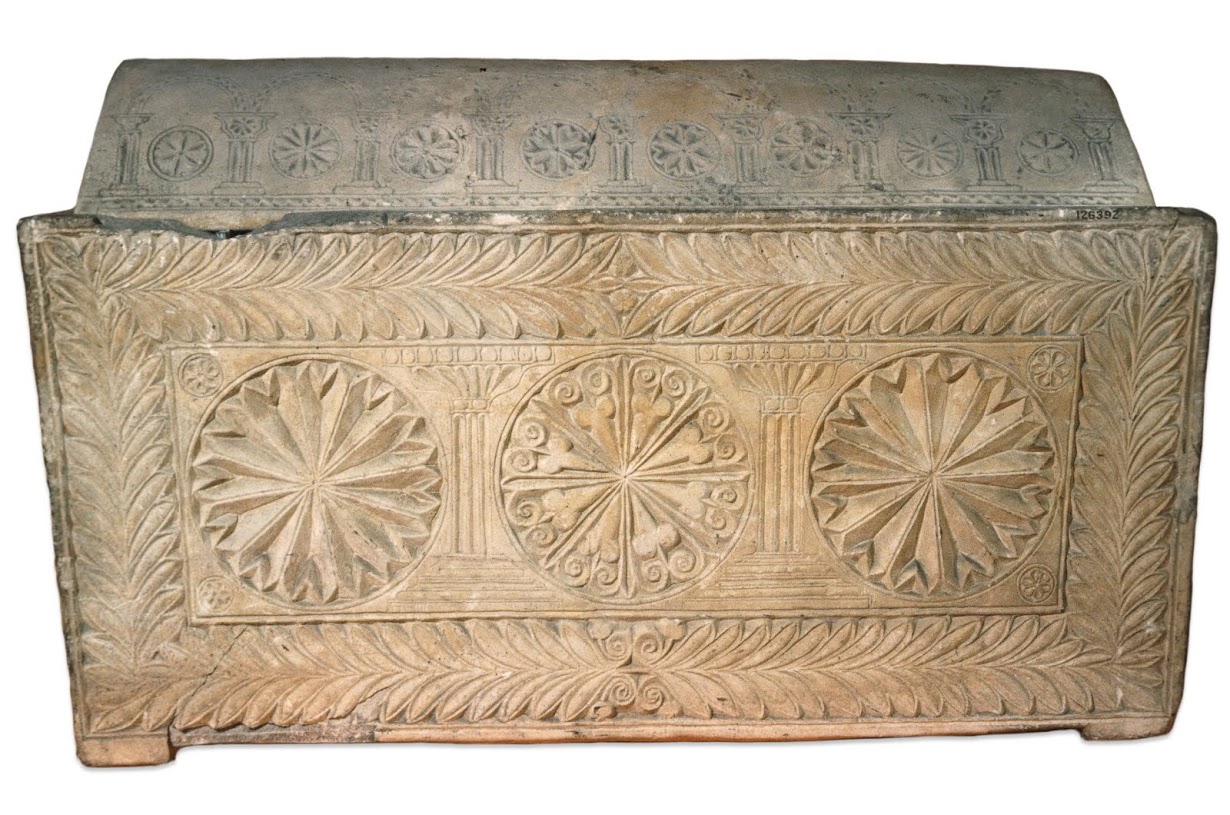The Remains of a Temple Workman
"Simon, the builder of the Temple"
Date- 1st c. BCE – 1st c. CE
Current Location- Israel Museum, Jerusalem, Israel
Language and Script- Aramaic, alphabetic
• The ossuary shown here was found in a tomb in the northwestern part of Giv’at ha-Mivtar, the Jerusalem suburb where numerous tomb discoveries have been made. The large tomb, which contained 12 loculi, or burial niches (Hebrew kokhim), held the remains of a number of people who seem to have died in the turbulent period preceding the First Jewish Revolt against Rome. Among the dead were a young man who had been crucified, another man who had been burned to death, a woman who had died from a blow to the head and a child who had starved.
• This ossuary identifies its contents in two Aramaic inscriptions. With small variation in spelling, they each read, “Simon, the builder of the Temple.” The Aramaic word rendered “the Temple” specifically denotes a temple or temple sanctuary, and it seems clear that it refers to the Jerusalem Temple. Simon, then, must have been involved in the extensive building activities relating to the Temple initiated by Herod the Great. Beginning about 20 BCE, the construction seems to have continued on and off until the Roman destruction of Jerusalem in 70 CE. Since the ossuary is much less elegant than that of Joseph bar Caiaphas, it seems that Simon did not hold a high position among the engineers, architects, and builders. Most likely, he was simply one of the builders of the Temple, perhaps a master mason or an engineer.
